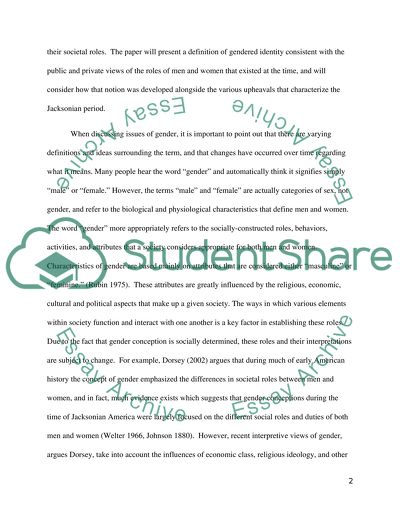Cite this document
(“How gender conceptions developed and changed during the period of Research Paper”, n.d.)
Retrieved from https://studentshare.org/family-consumer-science/1422594-how-gender-conceptions-developed-and-changed
Retrieved from https://studentshare.org/family-consumer-science/1422594-how-gender-conceptions-developed-and-changed
(How Gender Conceptions Developed and Changed During the Period of Research Paper)
https://studentshare.org/family-consumer-science/1422594-how-gender-conceptions-developed-and-changed.
https://studentshare.org/family-consumer-science/1422594-how-gender-conceptions-developed-and-changed.
“How Gender Conceptions Developed and Changed During the Period of Research Paper”, n.d. https://studentshare.org/family-consumer-science/1422594-how-gender-conceptions-developed-and-changed.


